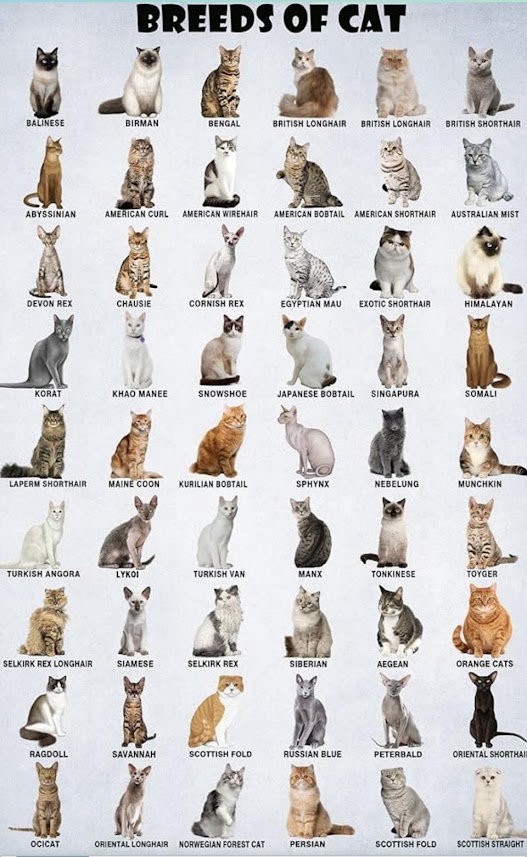Alongside my research for this project I'm also crafting iterations of cognitive disorder creatures, this process allows for me to ask questions of the work that I'm making and feed that into the research for a more cohesive development of concept art. This blog post will walk through this process during the creation of concept art for the cognitive disorder creature of generalised anxiety disorder.
The starting point was looking at the questions to answer from the last blogpost in terms of this disorder and starting to put together the pieces for what sort of animal this would be, noting the sort of behaviours that small rodents and other similar mammals exhibit that have similarities to the conventions surrounding the symptoms of anxiety such as nervousness especially in movements, the need to be aware of the surroundings as an exhibition of paranoia, easily frightened and often opting for evasion in a flight or fight response situation. This would lead me to observational drawings of such rodent creatures like mice, raccoons, rabbits, etc. Asking questions of what features could be altered and adapted or fully removed or added to further represent the disorder.
Wanting to exaggerate all the features of the head that took in the senses such as ears, eyes and nose to represent the need to be aware of any danger around through paranoia, exaggerating these features could also allude to the idea that a perception of danger could be false due to overstimulation of the senses which can often cause panic attacks in sufferers. Adding a larger more fluffy tail as a safety blanket of sorts that the creature could wrap itself in to feel safer as well as maintain a sense of balance due to the now larger features upon the head of the creature. Oversized rear feet to propel the creature away from danger more easily in a flight or fight response situation. Also understanding that a lot of the fears within anxiety are apprehension towards future events that may or may not happen so looking into fortune teller stereotypes and fashion to conjure possible ideas for the design led to the implementation of cartridge growths upon the ears that hung like earrings to represent this whilst also serving the purpose of creating a rattle-like sound as the creature moves to indicate the subconscious alarm bells within an individual when entering an anxiety inducing scenario.
Constructing further iterations of the creature in different positions to further illustrate how they interact and what additions I could make led to images of how they would utilise the blanket tail as well as grouping together, I theorised how representation of anxiety snowballing within a sufferer of generalised anxiety disorder through catastrophising a situation could either be illustrated through either a wider size difference from birth to adulthood or a fast reproductive cycle to produce a rapid increase in the number of creatures within an environment to form a sort of infestation, opting for the latter as a more realistic interpretation of the aforementioned symptom. Adding an external spine to push the design further away from being interpreted as an already existing creature whilst also being a visual representation of people viewing the sufferers of the condition as being spineless due to their reluctance of entering certain situation due to their anxiety, however this reasoning fits into the category of perceptions of a sufferer rather than an actual symptom and having discussed with tutors how to build a set of rules during the conception of artworks a creature should be exclusively made up of representative features from either perceived notions of a sufferer or actual symptoms but not both at the same time, mainly due to the idea of the game being the hunt for these creatures to understand the disorders I don't want to craft creatures that are based on the perceptions of the sufferers and have players attack them as this would allude to the theme of beating on sufferers of the disorder as opposed to fitting with a pro-social theme of informing players and being representative for sufferers. If a creature is made up of the perceptions it can be a creature the player doesn't attack but cannot exhibit both design features without a valid reason i.e having variations of the creature based on whether they can be attacked or not to showcase if the creature has been domesticated or not similar to the ecological differences between wolves and dogs. This would lead me to theorise another reason for the design choice of an external spine or the removal of it from the concept art. I also started to look at designs of tarot cards as a possibility for the colouration an patterns for the creatures fur to further illustrate the earlier idea of future based apprhensiveness as a symptom for sufferers of this disorder.
 |
| The first sheet of colouration and pattern iterations |
The television show 'The future is wild' is an interesting research point as it looked at how life might evolve over several points in the future spread over thousands of years and educates on how ecological impacts could change the biology and anatomy of current day animals that could allow for more realistic adaptions of real animals when looking for realistic creature design to represent cognitive disorders.

























